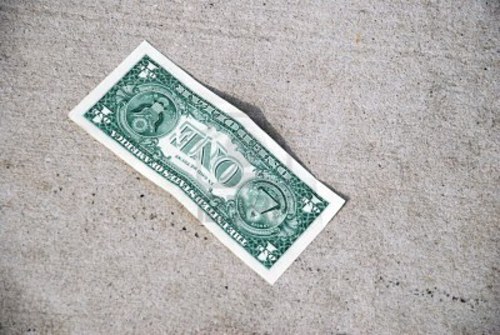Candice returns home
 After rattling her brain with combinatorics, Candice finally decides how she wants to buy her candy. She bought what she wanted and was on her way home when she stumbles across a
note on the pavement.
After rattling her brain with combinatorics, Candice finally decides how she wants to buy her candy. She bought what she wanted and was on her way home when she stumbles across a
note on the pavement.
Candice, being the innocent little child she is, decides to take the note. She notices that the note is numbered .
If the probability that she has touched this note before is , evaluate .
Details and assumptions
- Each note is labelled in the form where L represents a letter and N represents non-negative integer less than 10.
- Assume this currency is limited to only notes and that each possible note is currently in circulation. There is equal probability of this being any one of the notes.
- Candice is 10 years old. Assume that every note her mother earns from the moment she is born touches her hand. These do not have to be unique.
- Her mother makes exactly a month.
- You are allowed to use a calculator. Do not make any extra assumptions.
Thanks to Calvin Lin for helping with the problem.
Image Credit : barryfromtexas on Photobucket .
Check out Candice's Other Adventures!
The answer is 6599.
This section requires Javascript.
You are seeing this because something didn't load right. We suggest you, (a) try
refreshing the page, (b) enabling javascript if it is disabled on your browser and,
finally, (c)
loading the
non-javascript version of this page
. We're sorry about the hassle.
Candice is 10 years old, she has touched 1 0 0 0 bills each month for 12 months in 10 years. So in total she has touched 1 0 0 0 ∗ 1 2 ∗ 1 0 = 1 2 0 0 0 0 notes (not necessarily unique notes).
Since the city has a total of all possible combination of LLLNN notes, there can be 2 6 3 × 1 0 2 notes.
The probability that this note has N O T been touched by her would be ( 1 − 2 6 3 1 0 2 1 ) 1 2 0 0 0 0 .
Therefore, the probability that she H A S touched that note is 1 − ( 1 − 2 6 3 1 0 2 1 ) 1 2 0 0 0 0 .
Converting the answer to the given form, ⌊ ( 1 − ( 1 − 2 6 3 1 0 2 1 ) 1 2 0 0 0 0 ) × 1 0 5 ⌋ = 6 5 9 9